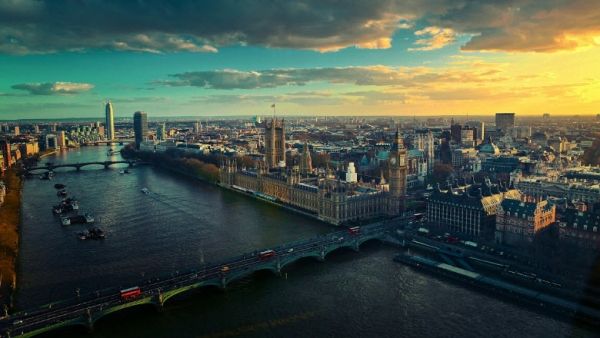In a study published in Environment International researchers from King’s have, for the first time, measured ultrafine particles (UFP) in European cities and detected emissions from airports.
Many studies have examined and quantified the levels of larger particles (e.g.PM2.5 - <2.5μm or PM10 - <10μm), however very few have studied UFP (< 0.1 μm).
In this study, researchers identified, characterised and quantified the sources UFPs in four European cities (Barcelona, Helsinki, London, and Zurich) between 2007 and 2017. They measured particle and gaseous pollutants at different sites and used a statistical model to identify and quantify the contribution of the different sources of ultrafine particles.
They found that:
- London had the highest concentration of UFP compared to other cities.
- The greatest concentrations of the smallest particles (called nucleation particles) when the wind was blowing from the airport in all cities. This indicates that airports are a major UFP source and that these small particles can travel many kilometres.
- Traffic emissions contributed the most in all four cities ranging from 71% - 94%.
- Helsinki was the only city to demonstrate a biogenic source – when particles are formed from emissions from the forests in the region.
- The most common sources for pollution particles were traffic and photonucleation for all four cities. Photonucleation is the process of new particles forming from gases in the atmosphere enhanced by the sun’s radiation.
- Photonucleation was most prevalent in cities with high solar radiation, such as Barcelona but it was much less in the other cities.
- No variation between seasons in London and Zurich however in Barcelona, photonucleation contributed significantly during the summer months.
Continue reading at King's College London
Image via King's College London


